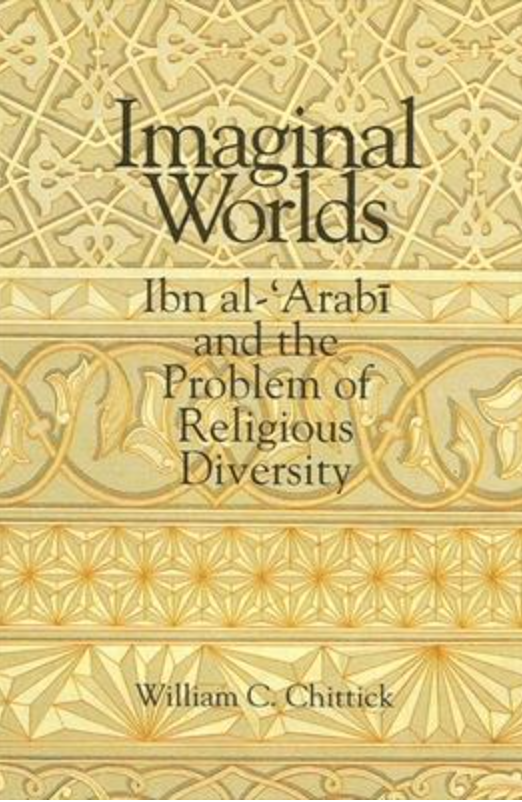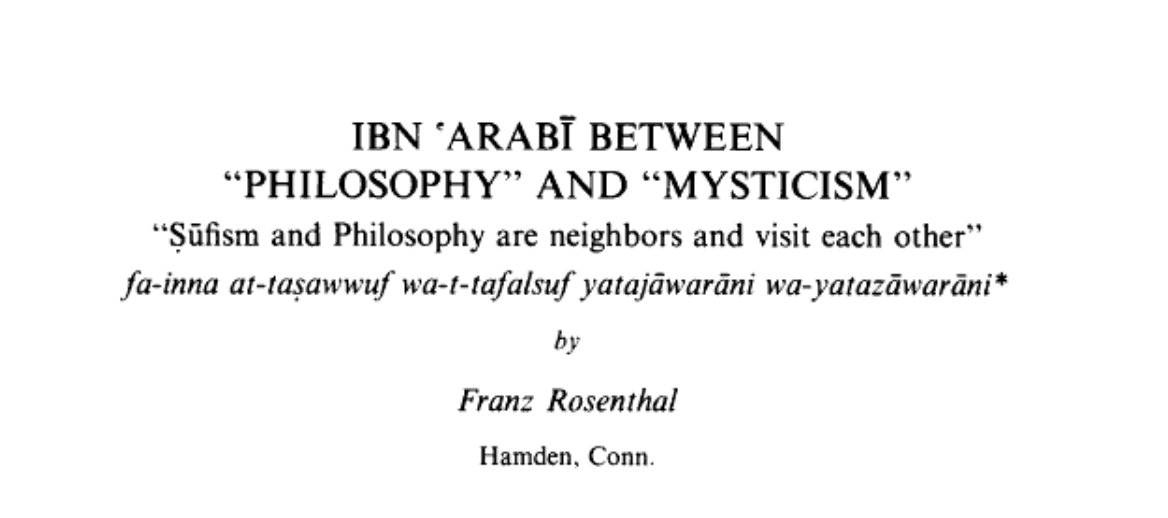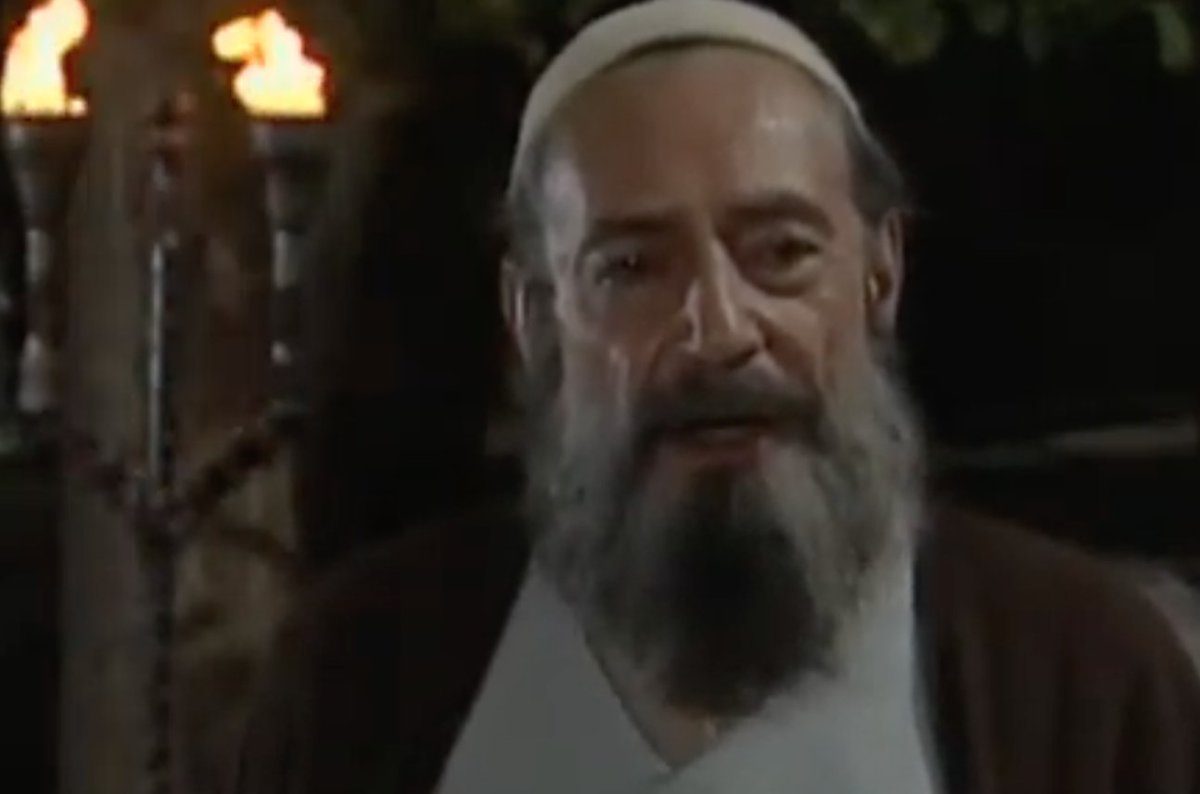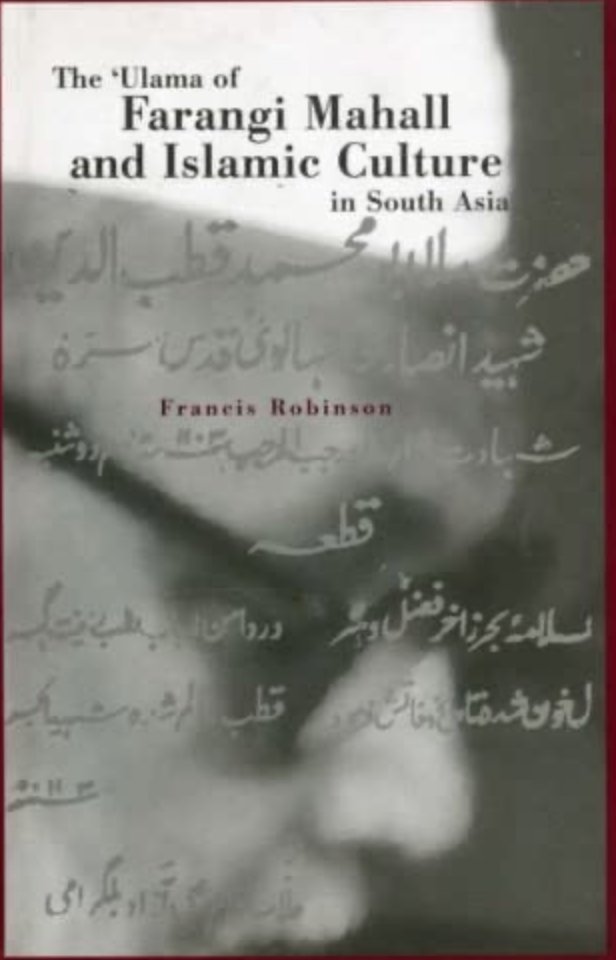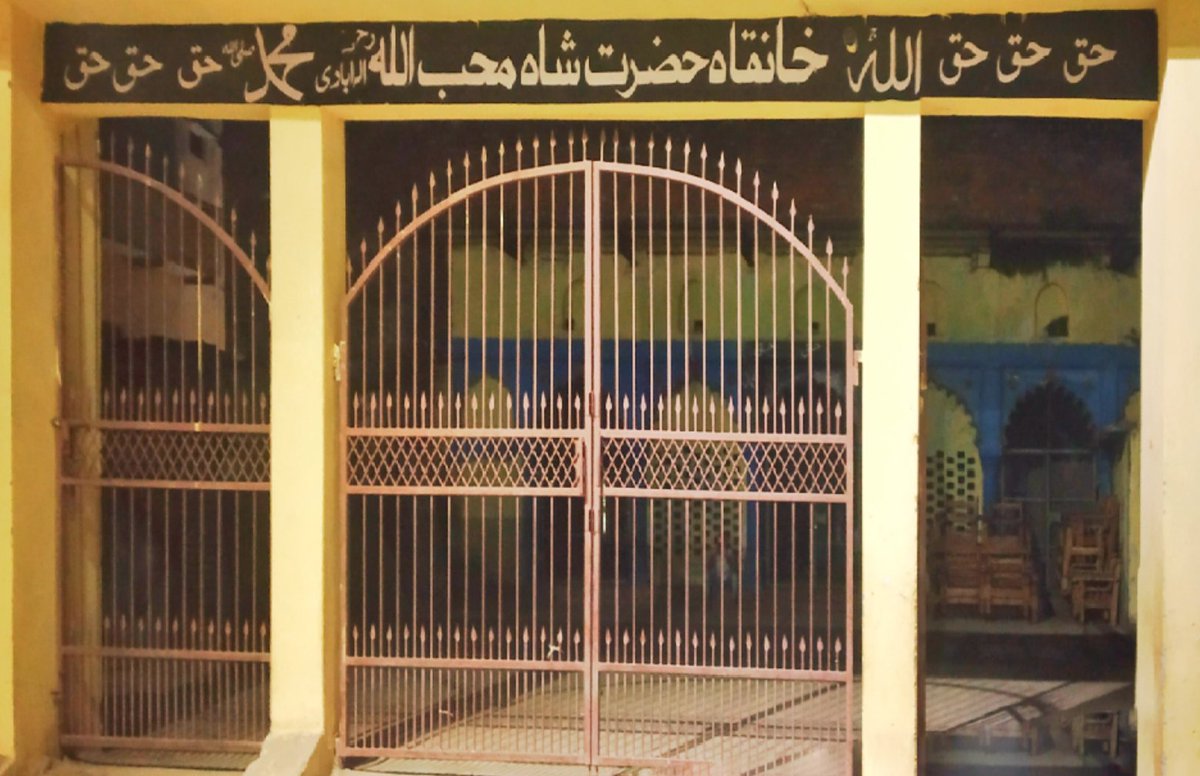
Ibn ʿArabī performed his first ḥajj in 598/1202 and consequently wrote his major work al-Futūḥāt al-Makkīya based on his experiences - a 🧵 



In the introduction he wrote: 'The essence of what is included in this work comes from what God inspired in me while I was fulfilling my circumambulations of his house and while I was contemplating it seated in its holy precincts' 2/
Just as he claimed that his Fuṣūṣ was bestowed upon him by the Prophet whom he encountered in a vision, so the Futūḥat was a similar sort of divine revelation and inspiration 3/
There are two recensions of the work: the first commenced in Mecca during the ḥajj and was completed in Damascus in 629/1231, and the second was initiated in 632/1234 and was completed in 636/1238 shortly before his death 4/
This latter text read back to Ibn ʿArabī by his disciple and step-son Ṣadr al-Dīn Qūnawī in 37 volumes is attested in the Evkaf Musesi MS 1845-1881 and contains a further 70 samāʿāt (attestations and reading back) 5/
The Futūḥāt has more by way of references to autobiographical elements, encounters and so forth but is still a summa of spiritual pedagogy 6/
The Arabic text is attested in numerous manuscripts described by ʿUthmān Yaḥyā and published in Cairo at Bulāq in the 19th century based on the copy established by Amīr ʿAbd al-Qādir (1808-1883) collated with the Konya manuscript 7/
ʿAbd al-Qādir and then his kinsman Ṭāhir were major bibliophiles and scholars responsible for the early printing of the Islamic tradition as they saw it, as discussed by Ahmed el-Shamsy 7a/ 

This is a well known 1329/1911 reprint of that - which is also often reprinted in 4 volumes (for example, the Beirut, Dār Ṣādir printing) 8/ 







ʿUthmān Yaḥyā was in process of producing a critical edition based on the Konya manuscript of which 14 volumes (out of the 37) appeared before he died 9/ 

While there have been other re-typesettings of the Bulāq/Dār Ṣādir printing, in 2010 a new critical edition based on the Konya manuscript by ʿAbd al-ʿAzīz Sulṭān al-Manṣūb appeared in Yemen in 13 volumes 10/ 

This is a useful edition to be used alongside the Yaḥyā and has been the basis of Eric Winkel's recent English translation as well as the ongoing Urdu translation by the Ibn ʿArabī Foundation thefutuhat.com 11/ 

The Urdu translation translated Abrār Aḥmad Shāhī will eventually be in 37 volumes following the structure of the Konya manuscript and thus far 2 (to my knowledge) have appeared) 11a/ 
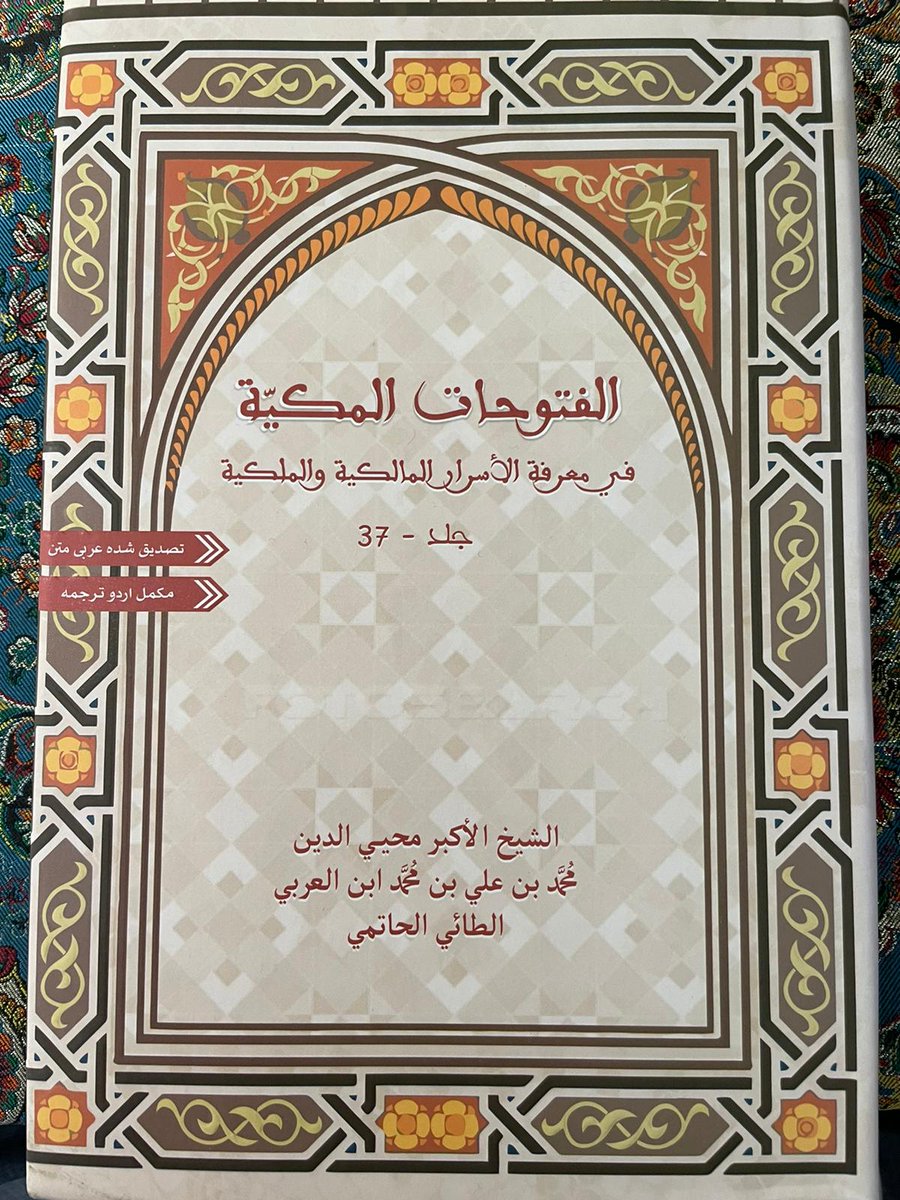
Here is a useful piece by Winkel on the Futūḥāt and its translations ibnarabisociety.org/understanding-… 12/
An earlier project on selections in English and French appeared in 1988 under the direction of Michel Chodkiewicz (1929-2020), one of the leading Ibn ʿArabī specialists and was then translated into English 13/ 



This project brought together the leading specialists in academia including William Chittick, James Morris, Denis Gril, Claude Addas and others 13a/
The structure of the work is divided into six: 1) Chs 1-73 cover forms of inspired knowledge (al-maʿārif) dealing with his lettrism (ʿilm al-ḥurūf), the concept of the perfect human (insān kāmil) as theophany, cosmology and eschatology and his important conception of walāya 14/
2) Chs 74-189 on forms of action (al-muʿāmalāt) on the arcana of worship (asrār al-ʿibādāt), social transactions and spiritual stations including further on walāya 3) Chs 190-269 on spiritual states (al-aḥwāl) which is an ongoing commentary on the Sufi literary tradition 15/
4) Chs 270-383 on waystations (al-manāzil) on insights and the nature of the spiritual path and the related paths of the prophets and on the Mahdī 5) Chs 384-461 on points of divine encounters (al-munāzalāt) that include points of exegesis on Qurʾan and other sources 16/
6) Chs 462-560 on spiritual stations (al-maqāmāt) on spiritual hierarchies, the divine names and their theophanies, and spiritual advice literature connecting to earlier sources, as well as further reflections on the eschatology 17/
Given the engagement with Sufi literature as well as spiritual phenomenology of discussions on the path and the arcana of rituals, it is not surprising how the Futūḥāt has been popular among Sufis as well as others making sense of their religious experience 18/
But surprisingly there are few commentaries - some abridgements like those by ʿAbd al-Wahhāb al-Shaʿrānī (d. 1565) and some notes by earlier Sufis like Simnānī - and one could include ʿAbd al-Qādir's al-Mawāqif as a meditation on the Futūḥāt as well 19/ 

So much more could be said about the Futūḥāt; the best thing to do is to read it - even in the translations organised by Chodkiewicz and more recently the rather more literal renditions of Winkel and locate it as a summa of Sufi literature before and influential after END/
Another significant incident during his ḥajj stay was his composition of a series of poetic reflections divided into seven epistles centred on 7 letters addressing the Kaʿba, each letter representing one circumambulation a/
This work was Tāj al-rasāʾil wa-minhāj al-wasāʾil attested in his autograph dated 600/1204 in MS Veliyuddin 1759, fols. 103-144 and which was then criticised by the lady Niẓām who becomes the representative of his inspiration b/
This manuscript includes three samāʿāt of his students all in his life starting with ʿAbdullāh Badr al-Habashī (d. 618/1222) c/
In response he then wrote sixty-one poems over time and during subsequent visits to the Kaʿba that became the poetic collection known as Tarjumān al-ashwāq d/
This was recently translated by Michael Sells press.princeton.edu/books/paperbac… e/ 

Later in response to criticisms of the eroticism of the poems he wrote a commentary entitled al-Dhakhāʾir waʾl-aʿlāq fī sharḥ Tarjumān al-ashwāq completed in Aleppo in 611/1215 f/
This commentary made it clear that the poems were allegories for Sufi love of the divine beloved and not profane odes to his inamorata g/
Because of the way in which the poems skirt the liminal space between the sacred and the profane, Sells in his introduction compares them to the Solomonic Song of Songs h/
Yaḥyā mentions 15 commentaries of which the best known is the Sharḥ muskilāt al-Futūḥāt of ʿAbd al-Karīm al-Jīlī (d. 820/1417) 19a/
• • •
Missing some Tweet in this thread? You can try to
force a refresh




